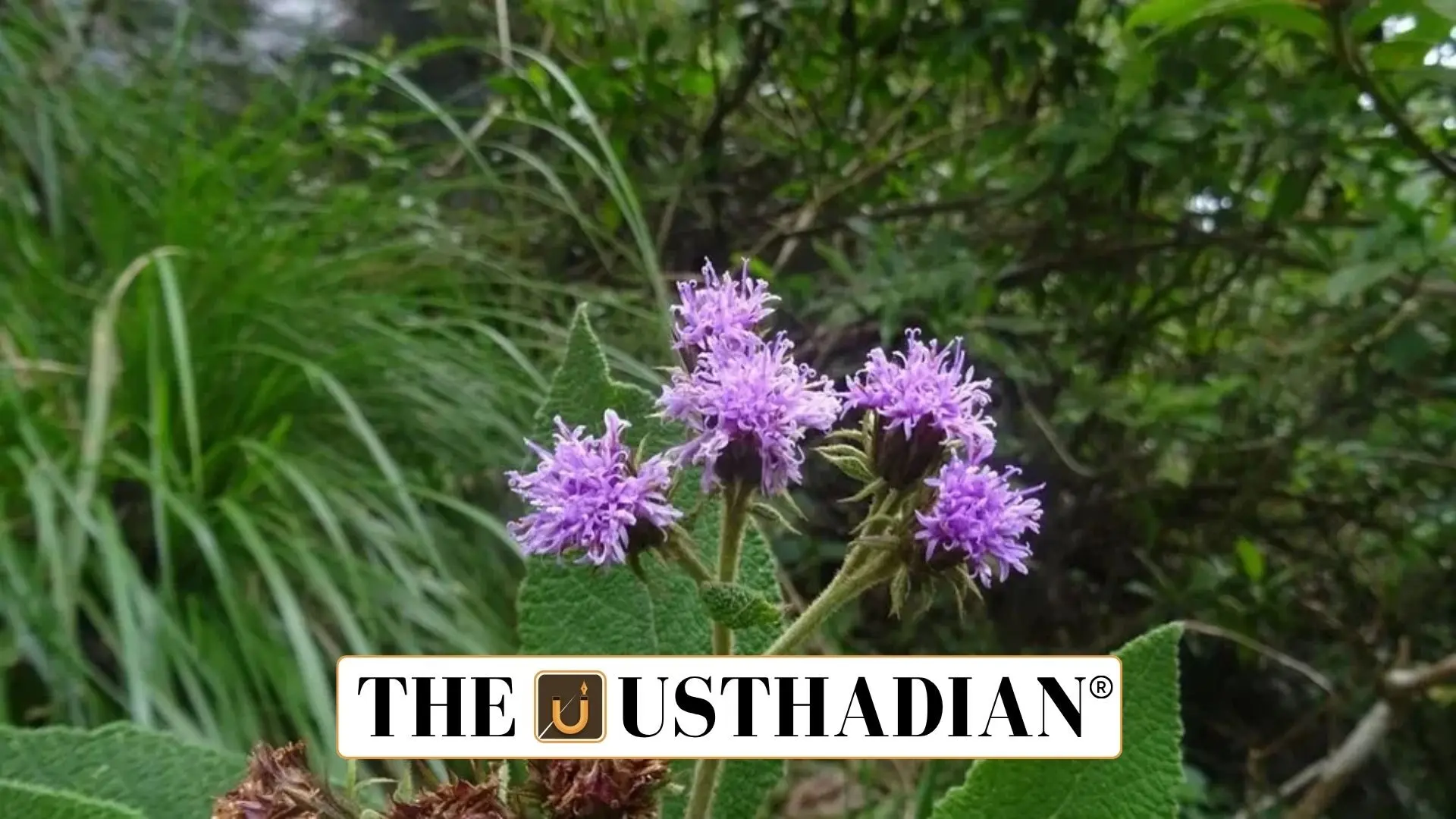A Rare Species Rediscovered After Decades
Uniyala keralensis: Kerala’s Western Ghats Yields a New Botanical Gem: In a major advancement for botanical research in India, scientists have officially identified a newly endemic plant species named Uniyala keralensis, located within Kerala’s Agasthyamala Biosphere Reserve. Although this plant was first gathered around 27 years ago, it remained misclassified until recently. Detailed taxonomic evaluations have now correctly placed it, highlighting the incredible diversity still hidden within the Western Ghats, a globally recognized UNESCO biodiversity hotspot.
Unique Botanical Identity and Reclassification
Classified under the Asteraceae family, Uniyala keralensis was long confused with Vernonia multibracteata. Modern herbarium studies and structural analysis led to its reclassification under a newly established genus—Uniyala. This correction marks an important update in Indian floristic taxonomy and reflects how revisiting past records using improved scientific tools can lead to major discoveries.
Appearance and Blooming Cycle
This species is a shrub that can grow up to three metres tall. It produces pale violet flowers from August through April, offering a long blooming season. It can be identified by its broad leaves with elongated petioles and minimal lateral veins, features that distinguish it from similar species. Its flowering traits also suggest it may be an important nectar plant in its native ecosystem.
Distribution in the Wild and Ecological Preference
The species is native to the slopes of the Agasthyamala hills, particularly at heights ranging between 700 and 1,400 metres. Field surveys have recorded an estimated 5,000 plants divided among four isolated subpopulations, collectively spanning 250 sq. km. It thrives in sunny forest clearings, underlining the role of protected forest areas in conserving unique native flora.
Urgent Need for Conservation Research
Uniyala keralensis has been listed as Data Deficient (DD) under the IUCN Red List, indicating insufficient information to evaluate its risk of extinction. This classification highlights the need for urgent ecological studies—including its reproductive biology, habitat specifics, and threats from climate or human activity. Its discovery adds weight to the conservation argument for the Western Ghats, which continue to face environmental stress.
STATIC GK SNAPSHOT
Uniyala keralensis: Kerala’s Western Ghats Yields a New Botanical Gem:
| Aspect | Information |
| Scientific Name | Uniyala keralensis |
| Plant Family | Asteraceae (Sunflower family) |
| Location Found | Agasthyamala Biosphere Reserve, Kerala |
| Altitude Range | 700 to 1,400 metres |
| Known Population | ~5,000 individuals across 4 groups |
| Occupied Range | 250 sq. km |
| Blooming Season | August to April |
| IUCN Conservation Status | Data Deficient (DD) |
| Past Misidentification | Vernonia multibracteata |
| Ecological Zone | Western Ghats – UNESCO World Heritage Site |








